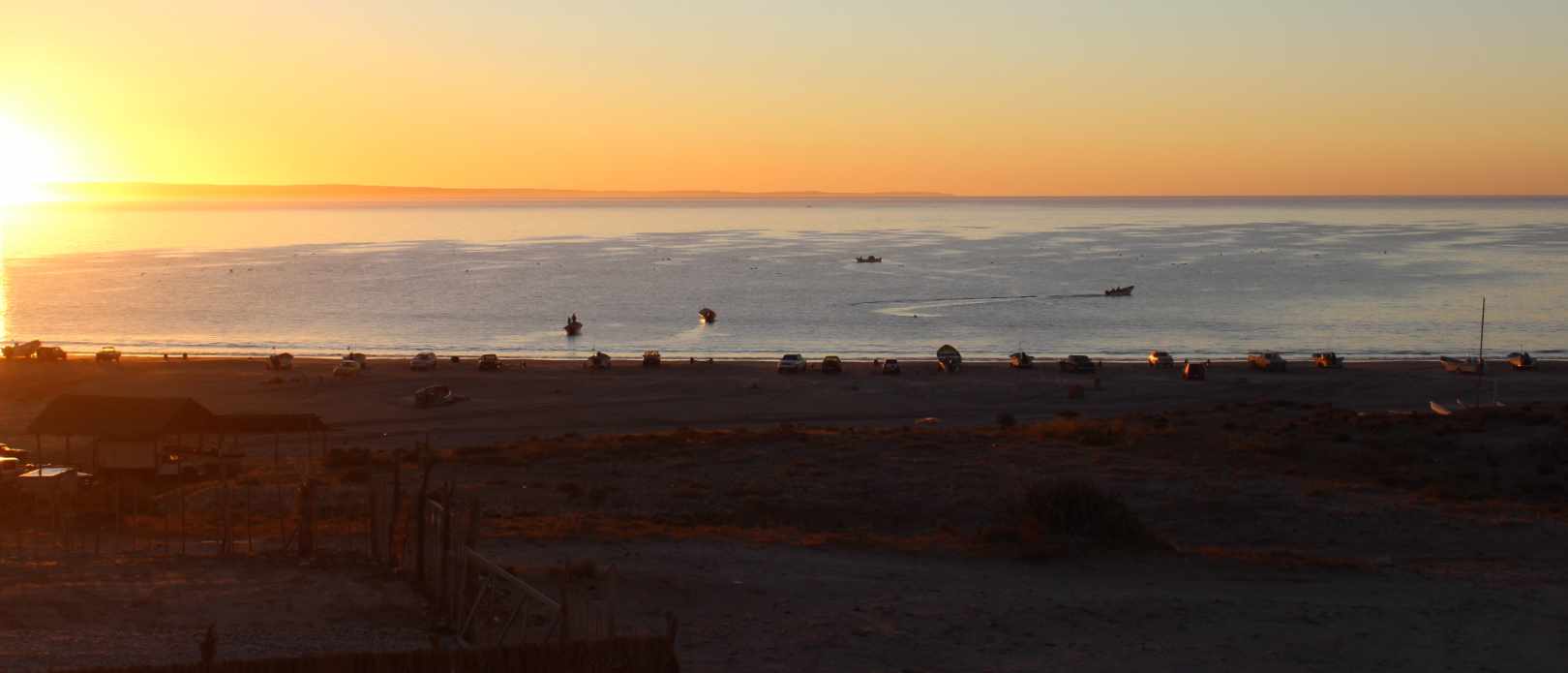Spatial diversification as a mechanism to adapt to environmental changes in small-scale fisheries
Summary
Small-scale fisheries’ actors increasingly face new challenges, including climate driven shifts in marine resource distribution and productivity. Diversification of target species and fishing locations is a key mechanism to adapt to such changes and maintain fisheries livelihoods. Here we explore environmental and institutional factors mediating how patterns of spatial diversification (i.e., utilization of alternative fishing grounds) and target species diversification change over time. Using small-scale fisheries in Baja California Sur (Mexico) as a case study, we adopt a social-ecological network approach to conduct a spatially explicit analysis of fisheries landings data (2008–2016).
This approach quantifies relative patterns of diversification, and when combined with a qualitative analysis of existing literature, enables us to illuminate institutional and environmental factors that may influence diversification strategies.
Our results indicate that interannual changes in spatial diversification are correlated with regional oceanographic change, while illustrating the heterogeneity and dynamism of diversification strategies. Rather than acting in isolation, we hypothesize that environmental drivers likely operate in combination with existing fisheries regulations and local socioeconomic context to mediate spatial diversification.
We argue that small-scale fisheries policies need to better account such linkages as we move towards an increasingly variable environment. Overall, our results highlight spatial diversification as a dynamic process and constitute an important step towards understanding and managing the complex mechanisms through which environmental changes affect small-scale fisheries.







